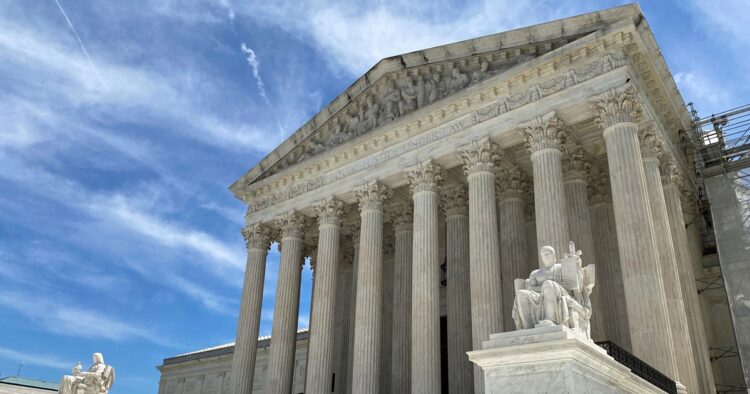On Tuesday, the US Supreme Court changed how lower courts should review the power of federal agencies that create rules for industries like mining and farming. This decision could lead to many regulations being reconsidered or changed.
The Supreme Court sent nine lower-court cases back to be reviewed under the new standard. This change follows a recent Supreme Court decision that overturned the long-standing Chevron doctrine.
The Chevron doctrine, established in 1984, instructed judges to defer to federal agencies when interpreting ambiguous laws. Now, judges must independently decide if a regulation is legal.
This change is expected to have a significant impact on how federal regulations are assessed. Loren Seehase, a senior counsel at the Liberty Justice Center, said this decision will affect regulations in many industries for years to come.
Although this new ruling doesn’t automatically overturn any specific regulations, it does require judges to take a fresh look at them without deferring to agency interpretations.
The overturned Chevron precedent used to give federal agencies the power to interpret laws when the laws were unclear. For example, in one of the cases sent back for review, a South Dakota farmer named Arlen Foster had been in a 13-year dispute with the Department of Agriculture.
The agency had determined that an eight-inch pool of water on his property was a protected wetland under the Swampbuster Act. Last year, the 8th US Circuit Court of Appeals sided with the regulators, partly due to the Chevron deference.
New Opportunities for Legal Challenges
Paige Gilliard, an attorney for Foster at the Pacific Legal Foundation, said the new ruling means their clients can now argue their cases without judges favoring the government. Other cases returned for review include disputes over coal mining, solar power, immigration, and rewards for whistleblowers who report tax evasion.
Supporters of reducing agency power believe the new Supreme Court decision, known as the Loper Bright ruling, will help other legal challenges to regulations. One of these future cases involves the ESG investing rule, which allows fiduciaries to consider environmental, social, and governance factors when evaluating investments.
A trial court upheld this rule last September using the Chevron deference. On Tuesday, both sides mentioned the Loper Bright ruling during an appeal hearing in the 5th US Circuit Court of Appeals in New Orleans.
Challengers argue the new ruling should invalidate the ESG rule, while the Department of Justice noted they did not use Chevron to defend the rule.
This Supreme Court decision marks a significant shift in how federal regulations are reviewed. Judges will now play a more active role in determining the legality of regulations, which could lead to many changes in how industries are regulated in the future.

















Comments